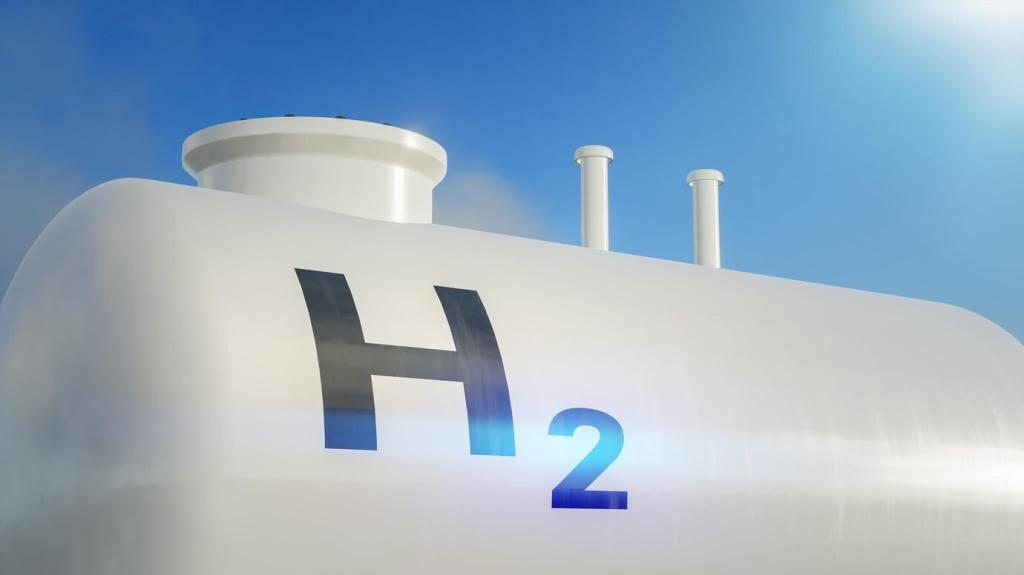Green Web Design Practices
Green web design practices focus on creating websites that are environmentally friendly, efficient, and sustainable. This approach minimizes the digital carbon footprint by optimizing resources, reducing energy consumption, and enhancing the overall ecological impact of digital products. Adopting green web design is not only an ethical choice but also a strategic one, offering long-term benefits for businesses and the planet alike. By integrating sustainable principles into every stage of web development, designers can help mitigate climate change, reduce operational costs, and set new standards for the industry.


What Is Green Web Design?
Green web design refers to the practice of building websites in a way that minimizes their environmental footprint. This involves selecting eco-friendly hosting providers, using clean and efficient code, optimizing resources, and considering the entire lifecycle of a website. The driving philosophy is to deliver the best digital experiences while consuming the least possible amount of energy, water, and materials, thereby reducing emissions and the depletion of natural resources.
The Environmental Impact of Websites
While individual websites may not seem energy-intensive, the collective impact of trillions of web pages and billions of daily users is significant. Every web interaction—from serving images to executing scripts—requires energy from data centers, networks, and user devices. Inefficient websites can drastically increase energy consumption, leading to higher carbon emissions. The shift to green web design aims to address the outsized ecological footprint of digital activity and promote a more sustainable way to engage with technology.
Key Principles of Sustainability
The main principles of green web design include efficiency, durability, accessibility, and renewability. Efficiency is achieved by minimizing file sizes and streamlining code, ensuring that web content loads quickly and uses minimal energy. Durability involves building websites that last, reducing the need for frequent redesigns and resource expenditure. Accessibility ensures digital inclusivity without unnecessary resource consumption, and renewability relates to using green hosting and supporting renewable energy initiatives throughout website operation.
Eco-Friendly Design Elements

Optimizing Visual Content
Images and videos are the largest contributors to website data weight, affecting both load times and energy use. Through techniques like compression, using modern file formats, lazy-loading, and serving appropriately sized media, sites can drastically reduce their environmental footprint. Designers should also consider whether visuals are essential to the user’s experience, ensuring each image or animation serves a specific purpose, thus reducing unnecessary bloat.

Minimalistic User Interfaces
Minimalism in web design isn’t merely an aesthetic choice—it’s a crucial strategy for sustainability. By limiting the use of heavy frameworks, excessive scripts, and complex layouts, minimalistic interfaces load faster and require less computational power. Such designs focus on clarity, prioritize essential content, and often utilize fewer colors and elements, all of which can contribute to lower energy requirements while maintaining user engagement.

Thoughtful Typography Choices
Typography can influence a website’s performance and environment impact more than most realize. Opting for system fonts or lightweight font files reduces the data that must be transferred over the internet. Reducing the number of font variations and weights also helps, as each typographic asset requires resources to deliver and render. Careful font choices contribute directly to faster loading, lower power consumption, and enhanced digital sustainability.
Strategic Coding for Efficiency
Lightweight Frameworks and Libraries
Choosing lightweight frameworks and libraries allows developers to streamline the codebase, avoiding unnecessary features that bloat the website and slow down performance. By relying only on what is necessary for the site’s functionality, web pages become leaner, leading to a reduction in both data transfer and processing power required. The result is a significant decrease in energy consumption without sacrificing key features, contributing to overall site efficiency.


Eliminating Redundant Code
Many websites accumulate redundant or unused code over time, resulting in unnecessary resource consumption. Through careful code audits, developers can identify and remove scripts, stylesheets, and plugins that are no longer required. This not only cuts down on computational requirements but also speeds up load times. Regularly pruning codebases supports an ongoing commitment to both sustainability and optimal user experience.
Previous slide
Next slide

Performance Optimization
Image and Asset Compression
One of the most effective ways to boost website performance and sustainability is through rigorous image and asset compression. Serving optimized, compressed resources drastically cuts data transfer requirements, ensuring that users access only what is necessary and that each interaction consumes less bandwidth. Effective compression goes hand-in-hand with other sustainable initiatives, multiplying its positive effects on both carbon footprint and site usability.
Browser and Server Caching
Employing robust caching strategies allows websites to reduce the need for repeated data retrieval, lightening server loads and decreasing energy consumption with every subsequent visit. Both browser and server-side caching ensure static files and core assets are stored and served efficiently, minimizing redundant data transfer and making web experiences smoother and more sustainable, especially for frequent users.
Reducing Third-Party Dependencies
Excessive reliance on third-party scripts, plugins, and content delivery networks often leads to slower load times and unnecessary data transfer, counteracting sustainability efforts. By carefully evaluating the necessity of each third-party dependency and minimizing their use, designers maintain tight control over performance, safeguard user privacy, and ensure that every element on the site supports environmental objectives.
User Experience and Accessibility
Intuitive navigation and logical site architecture play significant roles in reducing server requests and preventing user confusion. By simplifying the flow and minimizing clicks to essential content, designers decrease the time and data required to use a website. As a result, users complete tasks efficiently, consuming less energy and experiencing greater satisfaction, supporting both usability and sustainability goals.


Digital Carbon Footprint Assessment
Quantifying a website’s carbon footprint informs smarter design and operational decisions. Specialized tools estimate carbon usage based on traffic levels, hosting, and the resources each web page consumes. By establishing baseline metrics, teams can target energy-intensive areas for immediate improvement, aligning ongoing development with sustainability objectives and tracking progress over time.

Website Analytics for Sustainability
Website analytics provide insights not just into user behavior but also into resource consumption and site efficiency. By analyzing loading times, traffic patterns, and bounce rates, designers can identify performance bottlenecks and inefficient pathways that waste energy. Harnessing this data enables informed decisions about where to optimize and when to iterate, driving both user satisfaction and environmental stewardship.

Maintaining Transparency and Reporting
Sharing sustainability progress encourages accountability, inspires trust, and helps educate both stakeholders and users about responsible web practices. By publishing regular reports or web pages detailing energy usage, hosting choices, and design updates, organizations reinforce their commitment to green web principles. Transparent reporting also fosters a culture of collective improvement, motivating others to adopt similar sustainable practices.
